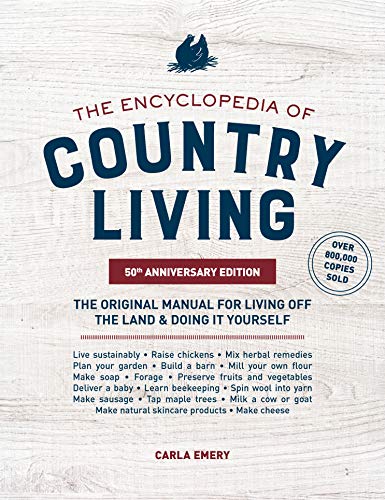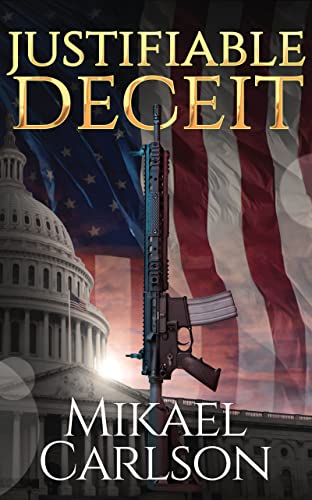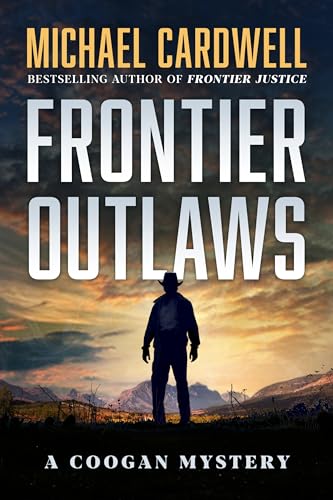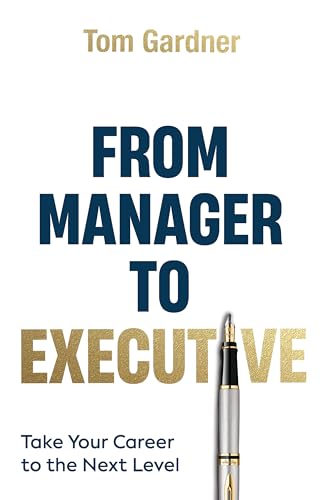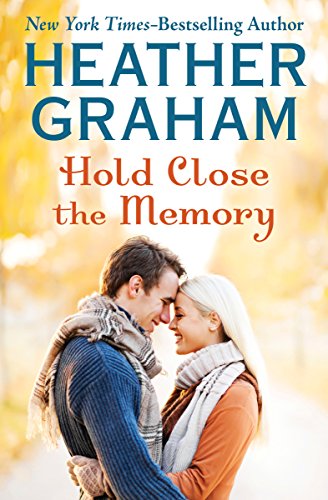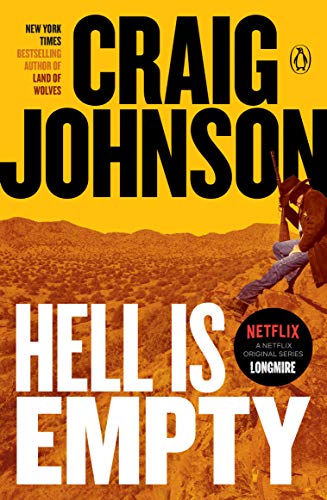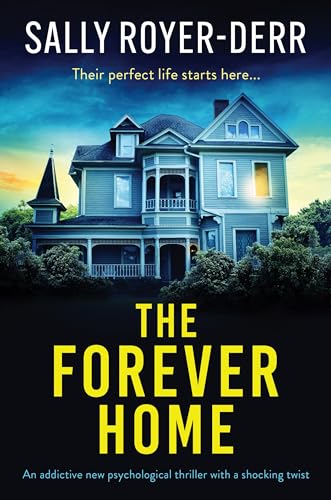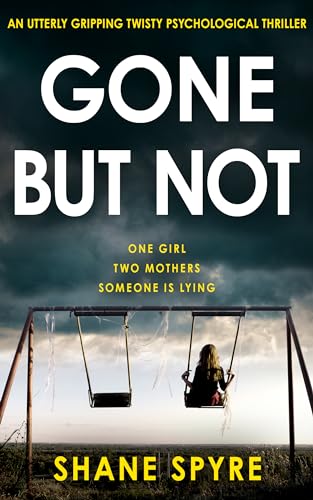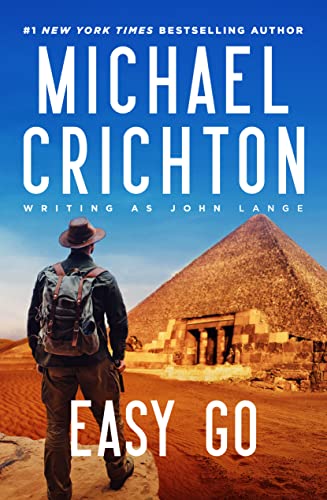For those who like to keep their finger on the pulse of Kindle book sales, Amazon has just announced the launch of several bestseller archives including a comprehensive archive of Kindle Store bestsellers on a year-by-year, month-by-month, and week-by-week basis going back to the very first day of the Kindle era, November 19, 2007. Here are links to the three full-year bestseller lists, where you will also find pull-down menus that make it easy to focus on any week or month during the 25 months since we have had Kindle books to download.
I found it to be great fun to peruse these lists, and as is usually the case when I check out end-of-the-year lists for just about any year, I found a few titles that I really wanted to read, but somehow missed the first time around.
No doubt there will be far more interesting analyses of these archives by others, but there are a few things that jump right out at me about the 2009 Kindle Store bestseller list:
- Over 20 of the 100 bestselling books for the entire year are public domain classics. Others can grouse about the devaluing of the book, but I frankly do not see it that way. What I do see is that the Kindle is playing a serious role in keeping significant numbers of readers in touch with great literature.
- Other data that is available to me strongly suggests that, although Amazon did not make a dime on the Kindle editions of the 23 public domain titles that I count among the top 100 Kindle Store “sellers” for 2009, these titles accounted for well over a million downloads to Kindle owners.
- Another 21 of the top 100 bestselling Kindle books for 2009 are “promotional” titles that are currently free in the Kindle Store, which among other things suggests that timing can be everything for books that have just become free. What I’m getting at there is that there has been an absolute tsunami of Kindle activity beginning at dawn on Christmas Day, such that the number of fresh downloads for a new freebie like Noel Hynd’s Midnight in Madrid could help to push it into the top 10 for the year, something that might not have been true if it had been free for a week in July.
- I also noted that at least another 20 of the 100 bestselling titles in the Kindle Store for 2009 are books that, while not free any more, were free at some earlier point in the year and owe their precedence at least in part to that circumstance. As a result, that leaves about one-third of the top 100 Kindle titles whose 2009 sales chiefly involved actual payment transactions between Kindle owners and Amazon.
No doubt some wag will look at these numbers and conclude that the Kindle is cheapening the book, but that wag will be dead wrong, just as he would be dead wrong if he concluded from other data that libraries are cheapening the book.
Instead, here’s how it works:
- Kindle books that are free or otherwise less expensive than the $14 to $35 that mainstream publishers try to get for trade hardcovers and paperbacks encourage people to buy Kindles, as about three million readers have done so far.
- When someone buys a Kindle they buy, in the vast majority of cases, more books than they used to buy, at prices ranging from free to $9.99 and above.
- There is ample room in the Kindle pricing market for significant margin and royalties for all concerned including Amazon, the author, and — where necessary — the publisher.
It really isn’t rocket science.

